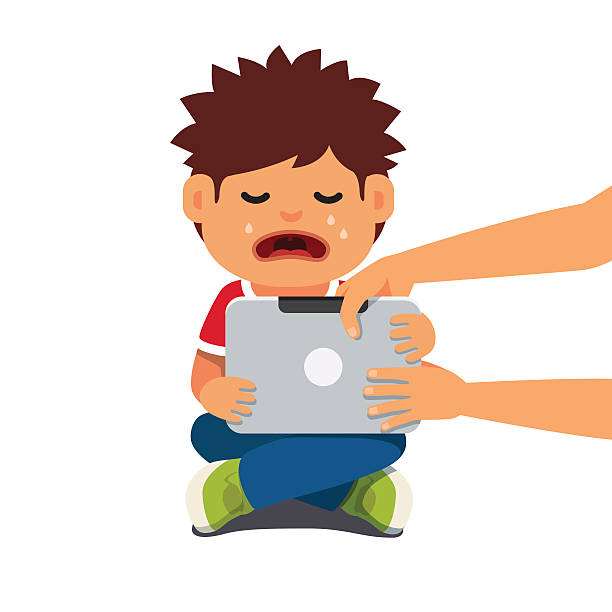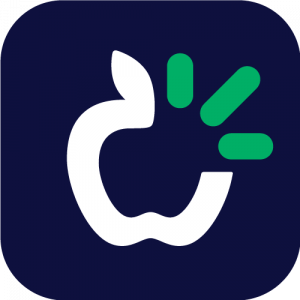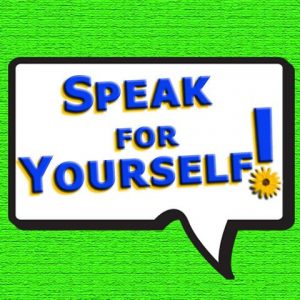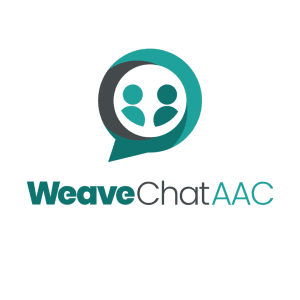Social Stories: Plotagon Episode 1
Social Stories explain social situations to children with autism spectrum disorder (ASD). The stories help children learn socially appropriate behavior and responses. What is a social story? People...
Plotagon: Pilot Episode
Plotagon is one of my favorite 'go to' resources for speech- language intervention. The 'pilot episode' is to give you some background information. In future episodes, I will tell you more about...
Spark Cards: Sequencing and Language Building
The ability to sequence events in the correct order is an important foundation for a number of language skills. Sequencing is an important part of comprehension because it enables the child to map...
Are schools (still) killing creativity?
Image credit: Kaisa Holsting In 2006, Sir Ken Robinson gave a jaw dropping, eye-opening TED Talk, that set the internet ablaze. In his talk, Robinson emphasized that creativity is as...
Apps, Language & Learning: What you need to know
Excessive screen time use in children is bombarding social media feeds. Consequently many therapists, parents, and educators are lamenting the introduction of the 'magic tablet' that promised to...
BOO! Core Vocabulary for kids with disabilities
There is nothing children love more than hiding behind a curtain or under the table (often in plain view) in order to jump out a give you a fright. BOO! Children who are able to hide in, on,...
`Proloquo2Go
TouchChat with WordPower
Snap+Core First
Grid for iPad
SpeakforYourself[
WeaveChat
AAC is short for Augmentative and Alternative Communication
Source: AssistiveWare
Communication devices, systems, strategies and tools that replace or support spoken language are known as augmentative and alternative communication (AAC). These tools support a person who has difficulties communicating using speech.
The first “A” in AAC stands for Augmentative Communication. When you augment something, you add to it or supplement. Augmentative communication is when you add something to your speech (eg. sign language, pictures, a letter board). This can make your message clearer to your listener.
The second “A” in AAC stands for Alternative Communication. This is when you are not able to speak. It is also when your speech is not understood by others. In this case, you need a different way to communicate.
Basically, AAC can be tools, systems, devices or strategies. These tools help a person communicate, when they cannot rely on speech. Perhaps your child has not started talking. Perhaps you have lost your ability to speak. Perhaps your speech comes and goes. Maybe speaking is harder than other ways to communicate. AAC can help.













